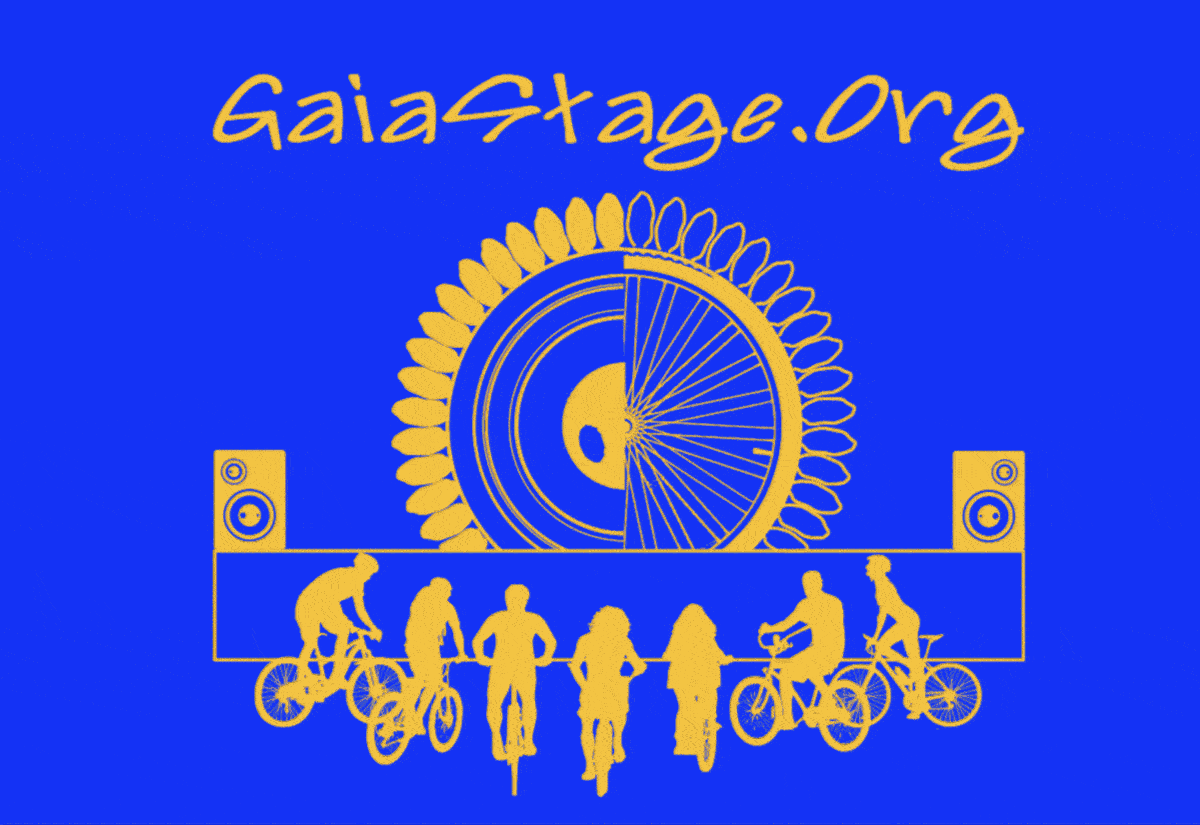

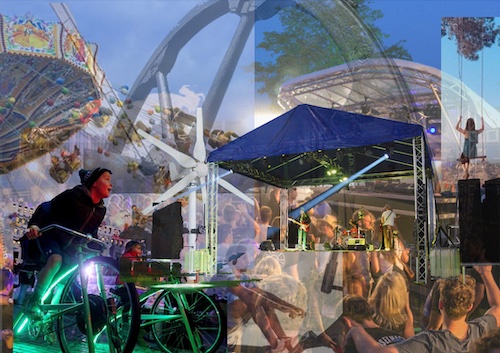
The audience comes to GaiaStage by bicycle and dock their bikes to a number of generator-stations. By pedalling their bikes on the stations, they provide the electrical energy for the off-grid infrastructure.
The stations are customised exercise-bike stations, where the magnetic brakes are replaced with brushless DC motors. For more technical details, see here.
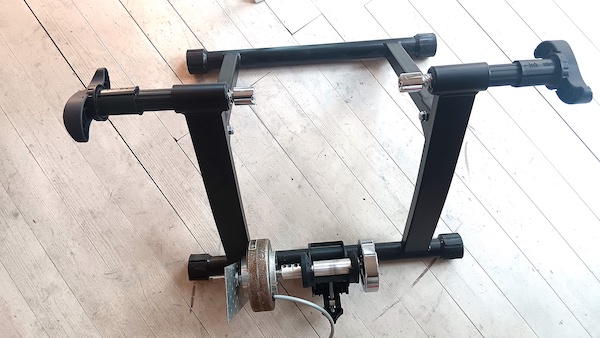
The generator stations take all type of standard bikes, from 20-29" wheels. A single cyclist can provide up to 250W for several minutes — for a typical performance situation a group of 5-10 cyclists is required.
The performers need to motivate the volunteers who pedal to provide enough electrical power to sustain the performance! Although energetic , (dance) music probably lends itself conceptually to GaiaStage events – who's to say a rousing spoken word performance or a moving piece of classical music cannot motivate the cyclists to really get the wheels turning?
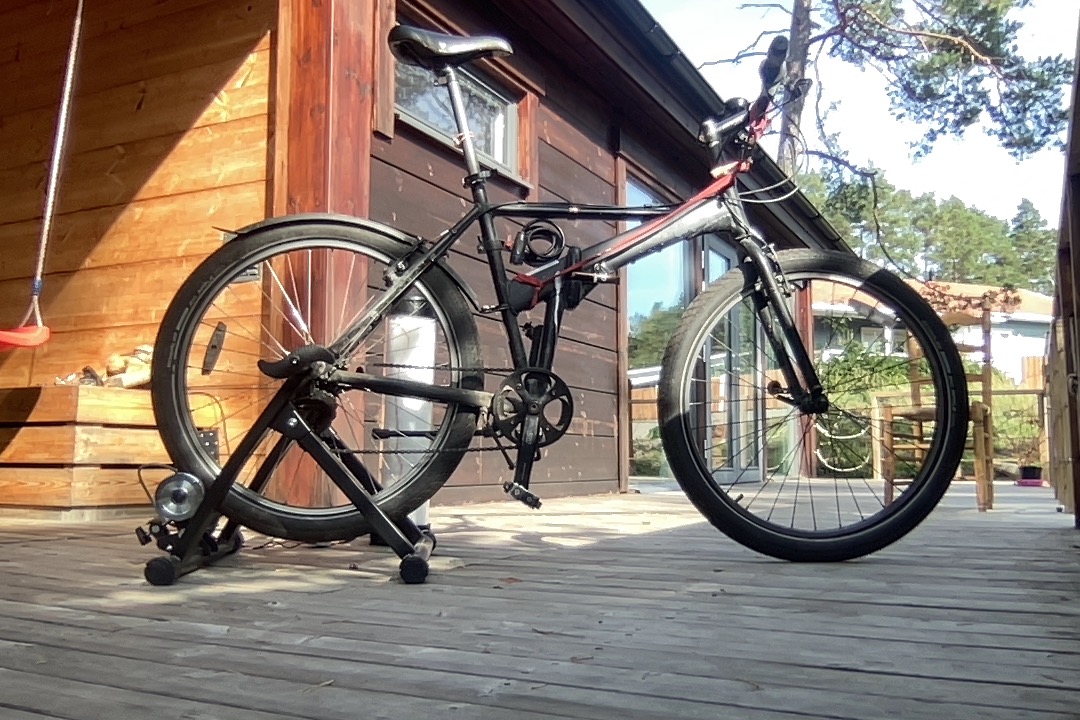
90% of GaiaStage is made of recycled materials. Even the GaiaStage flywheel, — which avoids the use of chemical batteries with their own set of sustainability issues — is made of discarded scaffolding poles, old plastic crates and used plastic water bottles.
The flywheel also visualises the relation between energy generation and consumption: The collective action of the cyclists make the wheel turn faster, while the performers' use of electricity (by playing electric instruments, for example), slows it down.
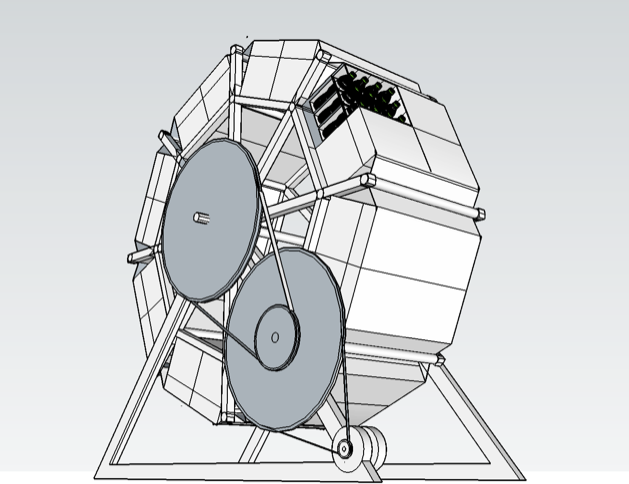
GaiaStage can be booked for events in keeping with the values of Gaia Stage Ry, the not-for profit Finnish Registered Association, behind GaiaStage. Its rules also stipulate that everybody working on, off, or for it are paid a (pro rata) living wage — We want to sustain lives, not profits.
All blueprints, ideas, and academic outputs from the GaiStage project are Open Source, shared under the Creative Commons licence — May GaiaStages be built all over the world!
